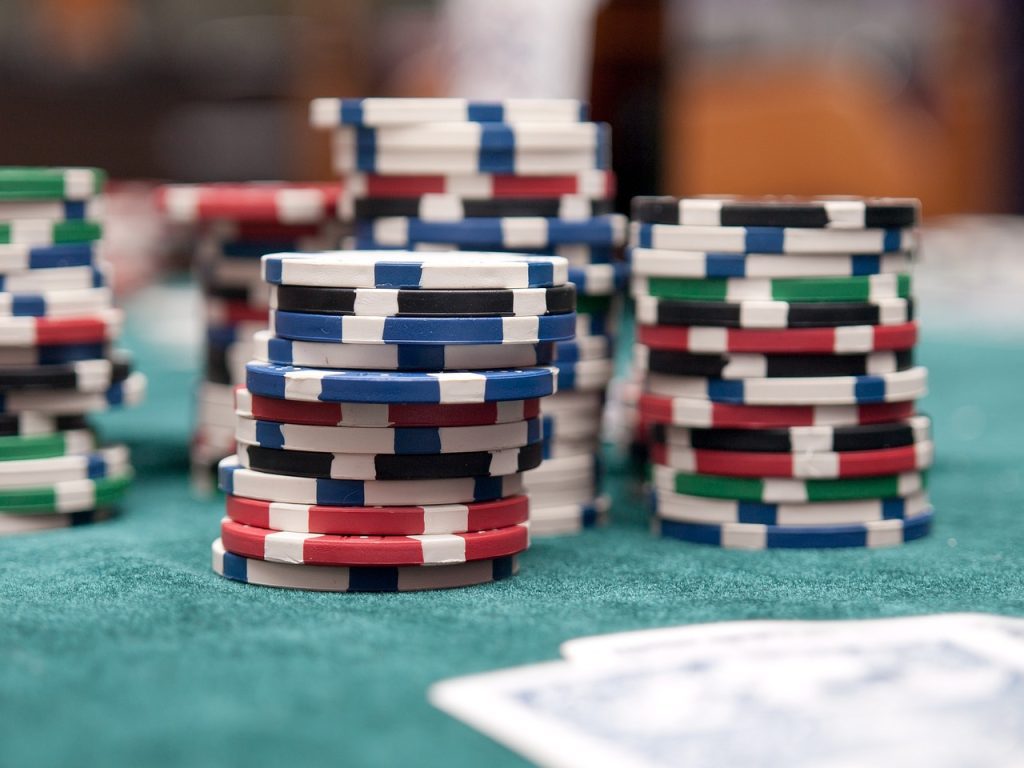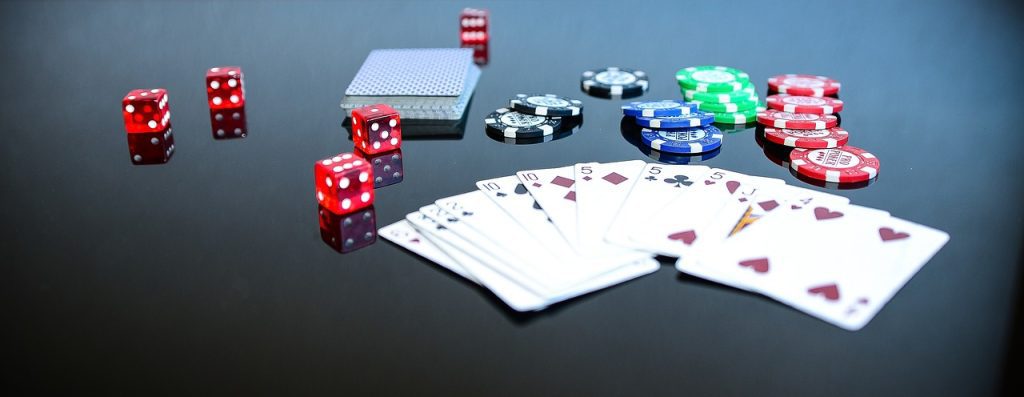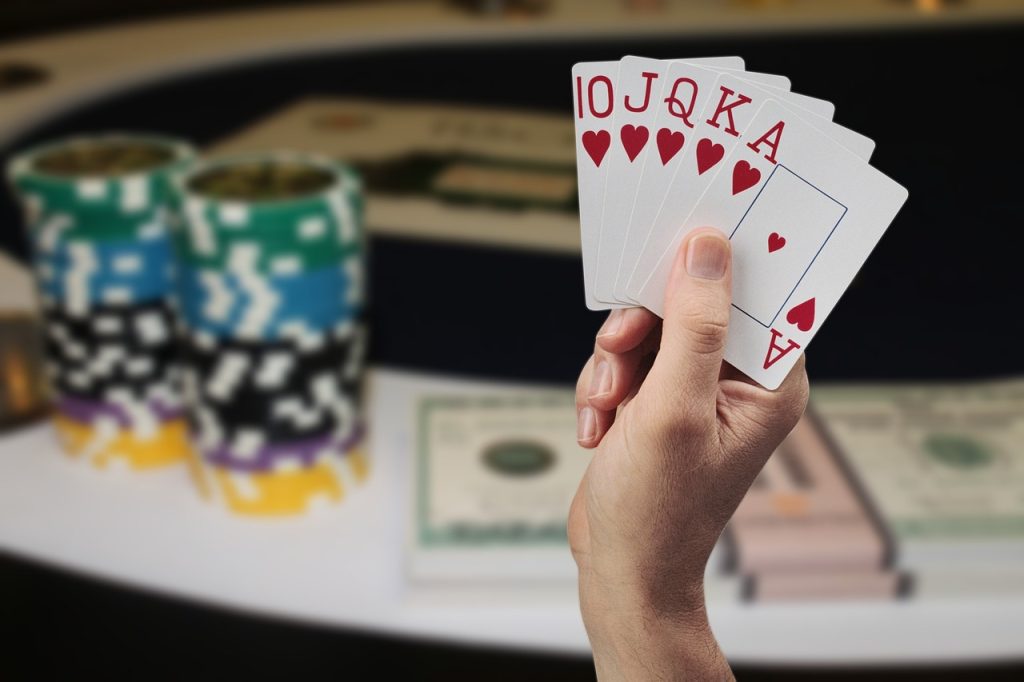Poker players must have a good grasp of paired boards as they are a significant board texture. One thing to note is that these boards are more prevalent than one might realize. Additionally, players often have predictable approaches to handling them. Therefore, selecting the optimal strategies when a board is paired will enhance one’s poker-playing abilities and make one a more versatile player.
It’s essential to have a solid understanding of how to deal with paired boards. This article will explore some strategies a poker player can use to navigate these situations. So, grab your chips and get ready to learn some valuable insights.

Photo by Pixabay
How Often Paired Board Happens?
The frequency of paired flops in poker is approximately 17%, which applies to the paired top and bottom cards. When considering hole cards, the probability of a paired top card flop is 8.1% for high cards like Ace King and 8.7% for lower-suited cards like 43s. For hole cards in the middle range, like 98s, the split is roughly 8.4% for both paired flops.
The likelihood of the turn card pairing the board is around 19%, assuming that the flop is unpaired and no players have paired their cards. This probability results from 9 possible cards out of the 47 possible turn cards.
The probability of the river card pairing the board increases to about 26%, under the same conditions as above, with 12 possible pairing cards out of the 46 possible river cards.
Playing With This Board Texture
When it comes to paired board textures in poker, players tend to react in one of two ways: cautious or chaotic. Cautious players are more risk-averse and tend to approach these situations with trepidation, concerned about the possibility of their opponent having a strong hand. While they may still make bets or calls, they typically play more carefully and attempt to control the pot size. They may also be more likely to bet for value rather than try triple barrel bluffs or check-raise moves.
On the other hand, chaotic players tend to see these textures as opportunities for applying relentless pressure on their opponents. They view these situations as ones where it is challenging to hit trips, and they may look to bluff more frequently than a cautious player. They are fearless in raising with a broader range of hands, including bluffs, and may look to capitalize on their opponent’s discomfort or uncertainty.
While every player is different, and their reactions may vary, these two general strategies are commonly observed when dealing with paired board textures in poker.

Photo by Pixabay
What to Do in This Type of Board?
C-Betting
In some situations in poker, it can be advantageous for the pre-flop aggressor to adopt an aggressive continuation betting strategy with their entire range when in position. Certain paired board textures are particularly favorable for this strategy, especially those that feature a paired broadway card, such as AsAh8d or KcKd7h.
These boards give the in-position player an advantage since they are more likely to hold strong broadway hands like AK or AQ, which the out-of-position player may have folded or 3-bet preflop. As a result, the preflop aggressor can take advantage of their stronger range and start c-betting with their entire range, which provides an equity advantage over their opponent.
Playing defensively when out of position against a tight cold-calling range is recommended. However, when the flop contains a pair of broadway cards, professional poker players use an aggressive c-betting strategy.
In this situation, it is often best to c-bet with your entire range, as you will have a significant advantage in high-ranking cards. This is because the pre-flop caller is unlikely to have AK, AQ, or KQ-type hands as they did not 3-bet before the flop. When you have both a range and nut advantage, it is advantageous to use highly aggressive strategies.
Check-Raising Aggressively
Simply calling bets may not be enough to defend against an aggressive pre-flop raiser on paired boards effectively. Instead, a poker pro checks-raises aggressively.
This is particularly effective when facing a lower pair, as you have a more significant advantage over the pre-flop raiser. Your range should be merged, consisting of medium-strength hands that you may consider calling with but also raising with some of the time. Remembering your hands’ vulnerability is essential, as the more vulnerable they are, the more you should prioritize protecting their equity through check-raising.

Photo by Pixabay
Paired Boards on the Turn and River
To approach the situation when the turn or river pairs the board, it is best to look at the big picture.
If the top card pairs, such as Q74-Q or 982-9, it’s difficult for you to show up with a nutted hand, and your opponent is less likely to believe your bets. When lower-ranked cards are paired, it is less probable that your opponent will think that you hold a powerful hand.
It is generally challenging to make an opponent fold a pair when the turn or river pairs, regardless of whether the pair is high or low. Best poker players overbet since a regular-sized bet or raise is unlikely to achieve the desired result.
It is essential to have a strategy for handling raises on paired board, with the default being to give less respect to raises when the top card pairs unless the player is very passive.
Conversely, raises on non-top pairing cards should be considered as they can improve peeling hands. However, it is essential to avoid making assumptions based on limited information and to avoid paying off against player pool tendencies in these situations.
Conclusion
Playing on paired boards can be a challenging aspect of Texas Holdem, requiring a lot of strategic thinking to make the right decisions. Whether you’re facing a paired flop, turn, or river, there are different considerations to keep in mind, such as the likelihood of your opponents having a monster hand, the potential for bluffing opportunities, and the value of your hand. You can make informed decisions when dealing with paired boards by analyzing the board texture, assessing your opponent’s tendencies, adjusting your bet sizing, and raising frequency accordingly.
